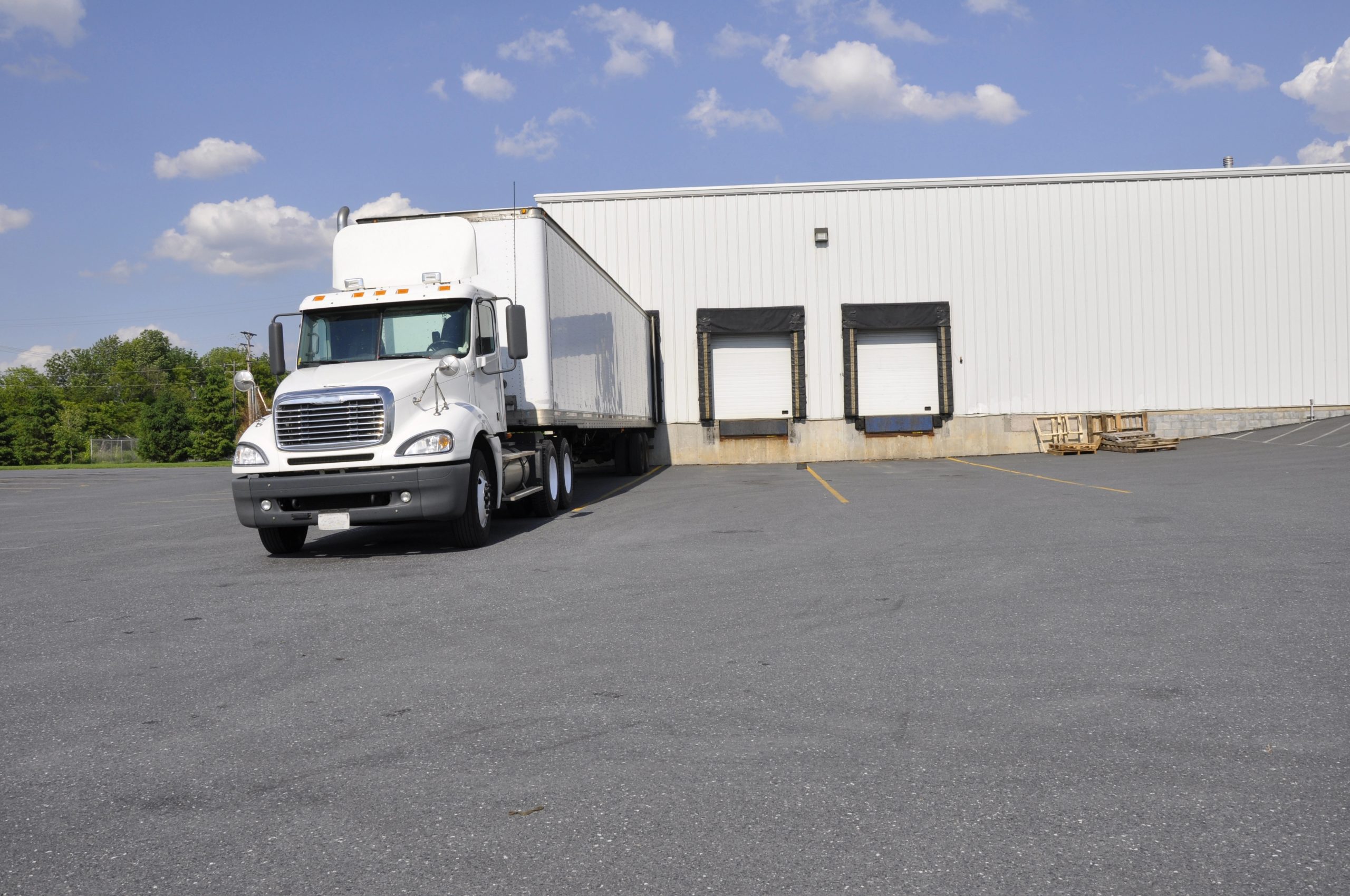
Logistics can be a complex and challenging field, but with the right tools and strategies, businesses can achieve optimal performance. One such tool that has revolutionized the logistics industry is the Transportation Management System (TMS). In this article, we will delve into the world of TMS and explore its role in logistics, as well as the importance of integrating it with the supply chain for maximum efficiency.
Understanding the Role of TMS in Logistics
Transportation Management System, or TMS, is a software solution that helps businesses manage and optimize their transportation operations. It acts as a central hub for all transportation-related activities, including carrier selection, route planning, freight consolidation, and freight payment. With TMS, businesses can streamline their logistics processes, reduce costs, and improve customer satisfaction.
Defining Transportation Management System (TMS)
So, what exactly is a Transportation Management System (TMS)? Simply put, TMS is a technology platform that helps businesses effectively manage their transportation operations. It provides tools and functionalities that enable businesses to plan, execute, and optimize the movement of goods from one point to another. With features such as real-time tracking, load optimization, and freight audit and payment, TMS has become indispensable in the logistics industry.
The Impact of TMS on Logistics Operations
The integration of TMS in logistics operations has brought about significant improvements in efficiency and effectiveness. By automating and digitizing processes, businesses can reduce manual errors and minimize delays. Real-time tracking allows businesses to monitor shipments and proactively address any issues that may arise. Moreover, TMS provides valuable data and analytics that can be used to identify bottlenecks, optimize routes, and make informed decisions, ultimately improving overall logistics performance.
One of the key benefits of TMS is its ability to optimize load planning. By analyzing factors such as weight, volume, and destination, TMS can determine the most efficient way to consolidate shipments. This not only reduces transportation costs but also minimizes the environmental impact by reducing the number of trucks on the road. Additionally, TMS can consider various constraints, such as delivery time windows and carrier preferences, to ensure that the load planning is aligned with the specific requirements of each shipment.
Furthermore, TMS plays a crucial role in enhancing collaboration and communication between different stakeholders in the supply chain. It provides a centralized platform where shippers, carriers, and other parties can exchange information, track shipments, and resolve any issues in real-time. This level of transparency and visibility enables all parties to work together more efficiently, resulting in smoother operations and improved customer satisfaction.
The Importance of Supply Chain in Logistics Performance
While TMS plays a crucial role in logistics, it is essential to understand the connection between TMS and the supply chain. The supply chain encompasses all the activities involved in the movement of goods from the supplier to the end customer. It includes processes such as procurement, production, transportation, warehousing, and distribution. Efficient supply chain management is vital for meeting customer demands, reducing costs, and gaining a competitive edge in the market.
The Concept of Supply Chain Management
Supply Chain Management (SCM) refers to the coordination and integration of all activities involved in the supply chain to achieve maximum efficiency and customer satisfaction. It entails managing the flow of goods, information, and finances across all stages, from raw material procurement to the final delivery of the product. Successful supply chain management ensures smooth operations, minimized inventory levels, and optimized transportation routes.
The Connection between Supply Chain and Logistics
Logistics is an integral part of the supply chain. It focuses on the physical movement and storage of goods, ensuring that they reach the right place, at the right time, and in the right condition. Logistics activities include transportation, warehousing, inventory management, order fulfillment, and reverse logistics. A well-integrated supply chain and logistics system can result in seamless operations, reduced costs, and improved customer satisfaction.
Let’s take a closer look at the various components of the supply chain and how they contribute to logistics performance:
1. Procurement: This is the process of sourcing and acquiring raw materials or finished products from suppliers. Effective procurement ensures that the right quality and quantity of goods are obtained at the best possible price. It involves supplier selection, negotiation, and contract management.
2. Production: Once the raw materials are procured, they go through the production process to transform them into finished goods. This stage involves planning, scheduling, and coordinating the manufacturing activities to meet customer demands efficiently. It also includes quality control measures to ensure that the products meet the required standards.
3. Transportation: This is a critical aspect of logistics that involves moving goods from one location to another. It includes selecting the appropriate mode of transportation, optimizing routes, and managing the transportation network. Efficient transportation ensures timely delivery, reduces transit times, and minimizes transportation costs.
4. Warehousing: Warehouses play a crucial role in the supply chain by providing storage facilities for goods. They serve as distribution centers, allowing for efficient inventory management and order fulfillment. Warehouses also enable consolidation and cross-docking, which can help reduce transportation costs and improve overall logistics performance.
5. Distribution: This stage involves the final delivery of goods to the end customer. It includes activities such as order processing, picking, packing, and last-mile delivery. Effective distribution ensures that the right products are delivered to the right customers in a timely manner, enhancing customer satisfaction.
By understanding the intricate details of each component in the supply chain, businesses can identify areas for improvement and implement strategies to enhance logistics performance. This holistic approach to supply chain management and logistics can lead to increased efficiency, reduced costs, and ultimately, a competitive advantage in the market.
The Process of Integrating TMS and Supply Chain
Now that we understand the significance of both TMS and the supply chain, let’s explore the process of integrating them for optimal logistics performance.
Steps to Successful Integration
1. Define Objectives: Clearly identify the goals and objectives of the integration process. Determine what you aim to achieve by integrating TMS and the supply chain.2. Choose the Right TMS: Select a TMS solution that aligns with your business requirements and integrates smoothly with your existing supply chain systems.3. Collaborate with Stakeholders: Involve all relevant stakeholders, including logistics, procurement, and IT teams, to ensure a smooth integration process.4. Data Integration: Integrate data from various systems and sources to establish a seamless flow of information between TMS and the supply chain.5. Training and Support: Provide comprehensive training to employees to ensure they can effectively utilize the integrated system. Additionally, offer ongoing support to address any issues or concerns that may arise.
Potential Challenges in Integration
While integrating TMS and the supply chain can offer numerous benefits, it is important to be aware of potential challenges that may arise during the process. Some common challenges include:1. Technical Compatibility: Ensuring that the TMS software is compatible with existing supply chain systems.2. Data Accuracy and Quality: Ensuring that data is accurate and of high quality to drive informed decision-making.3. Change Management: Overcoming resistance to change and ensuring that employees embrace the new integrated system.
Benefits of TMS and Supply Chain Integration
The integration of TMS and the supply chain can yield several valuable benefits for businesses.
Improved Efficiency and Productivity
By integrating TMS with the supply chain, businesses can automate manual processes, eliminate redundant tasks, and streamline operations. This leads to improved efficiency, increased productivity, and reduced lead times. Real-time visibility into shipments allows for better coordination and proactive problem-solving, further enhancing overall efficiency.
Cost Reduction and Profit Maximization
TMS and supply chain integration enables businesses to optimize transportation routes, reduce empty miles, and consolidate shipments. By minimizing unnecessary costs, such as fuel expenses and inventory holding costs, businesses can increase their profitability. Moreover, improved coordination between suppliers, carriers, and customers helps avoid delays and penalties, resulting in cost savings.
Future Trends in TMS and Supply Chain Integration
The world of logistics is constantly evolving, and it is crucial to stay informed about the latest trends in TMS and supply chain integration.
Technological Advancements and Their Impact
Advancements in technology, such as Internet of Things (IoT), blockchain, and cloud computing, are already having a significant impact on TMS and supply chain integration. These technologies enable real-time tracking, secure and transparent transactions, and enhanced data analytics capabilities. Embracing these technologies can help businesses stay ahead of the competition and unlock new opportunities for growth.
The Role of AI and Machine Learning in Integration
Artificial Intelligence (AI) and Machine Learning (ML) are increasingly being incorporated into TMS and supply chain management. AI-powered algorithms can analyze vast amounts of data and provide valuable insights for decision-making. ML algorithms can learn from historical data to predict demand patterns, optimize routes, and automate certain tasks. The integration of AI and ML into TMS and the supply chain is set to revolutionize logistics operations, improving accuracy, efficiency, and customer satisfaction.
In conclusion, integrating TMS and the supply chain is essential for achieving optimal performance in logistics. By understanding the role of TMS, the importance of the supply chain, the process of integration, and the potential benefits, businesses can unlock new levels of efficiency, reduce costs, and improve customer satisfaction. As technology continues to advance, staying updated with the latest trends in TMS and supply chain integration will be crucial for businesses to stay competitive in the ever-evolving world of logistics.
Ready to Transform Your Transportation Management?
Discover how Uniq TMS can streamline your logistics operations, enhance efficiency, and boost your bottom line. Click here to learn more and explore our innovative solutions designed to meet your unique transportation needs.

